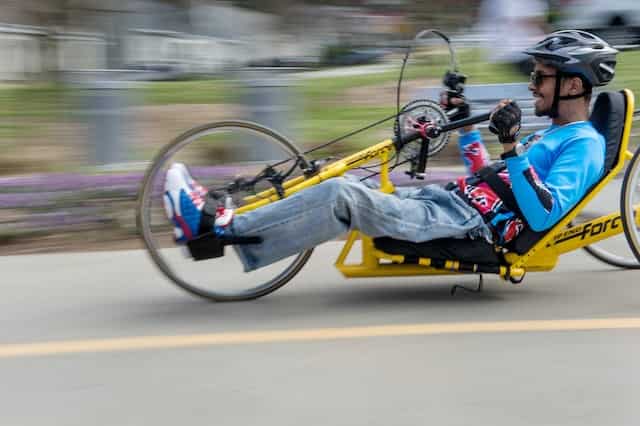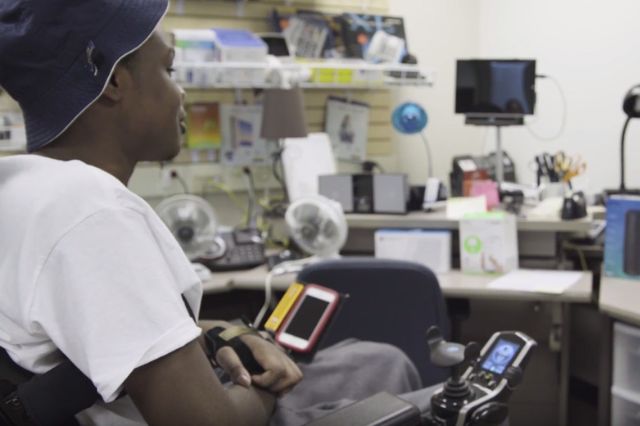Diaphragm Pacing System (DPS) Assessment
What is a Diaphragm Pacing System?
People may be able to receive part-time or full-time respiratory support using a medical device commonly known as a Diaphragm Pacing System (DPS). This device helps people who are unable to breath on their own and use a mechanical ventilator. People using mechanical ventilation typically experience functional limitations, such as decreased mobility and difficulty speaking, as well as inherent complications, including infection, tracheal injury and equipment malfunction.
Diaphragm Pacing System Surgery
A DPS uses electrodes to stimulate the phrenic nerve, the motor innervation to the diaphragm, responsible for the act of breathing. Laparoscopic surgery implants the electrodes internally.
The external diaphragm pacing device, typically the size of a large remote control, controls the system through connected wires that exit the chest. The implanted electrodes act as a pacing device, causing the diaphragm to contract, just as it would in people with normal connections between the brain and muscles.
This implantable system can provide part-time or full-time respiratory support in place of a mechanical ventilator.
The Spanish-translated version of this web page is available as a PDF download here.
DPS Benefits
A DPS offers several health and quality of life benefits to patients over traditional mechanical ventilators. Patients typically experience the following:
- Improved speech, mobility and more normal breathing
- Increased olfactory sensation
- Greater social interaction
- Expanded participation in rehabilitation activities
- Improved occupational opportunities
Who is eligible for a DPS?
To qualify for a DPS, patients must demonstrate good health and stability. Good health indicators ensure the success of the system and the patient’s long-term outcome. Requirements to receive a DPS include:
- Recipients must be at least 18 years or older and be committed to DPS treatment.
- People who have a cervical spinal cord injury and are dependent on mechanical ventilation
- Patients who are clinically stable following an acute spinal cord injury
- Patients who have a committed primary caregiver (The caregiver will be required to devote several hours during the day operating the system.)
- The patient (or a designated representative) and the patient's caregiver will be required to sign a “Patient and Caregiver Agreement“ form.
- Female patients (of child-bearing age) must have a negative pregnancy test.
Who is NOT eligible for a DPS?
Despite health status, individuals with certain conditions or impairments do not qualify for a DPS. A DPS is not available if:
- You have any medical conditions that would interfere with the surgery.
- You have active lung disease, heart disease or brain disease.
- You have been hospitalized for or treated for an active infection within the past three months.
- You have a significant chest deformity or scoliosis.
- You are currently pregnant or breastfeeding.
- You are significantly overweight.
- You or your caregiver are not able to comply with the treatment plan.
- Your physician has a reason why you would not be eligible.
More Diaphragm Pacing System (DPS) Information
To get more information about the Diaphragm Pacing System (DPS) contact Kelley Taylor by phone at 404-350-3096 or email at kelley.taylor@shepherd.org.




